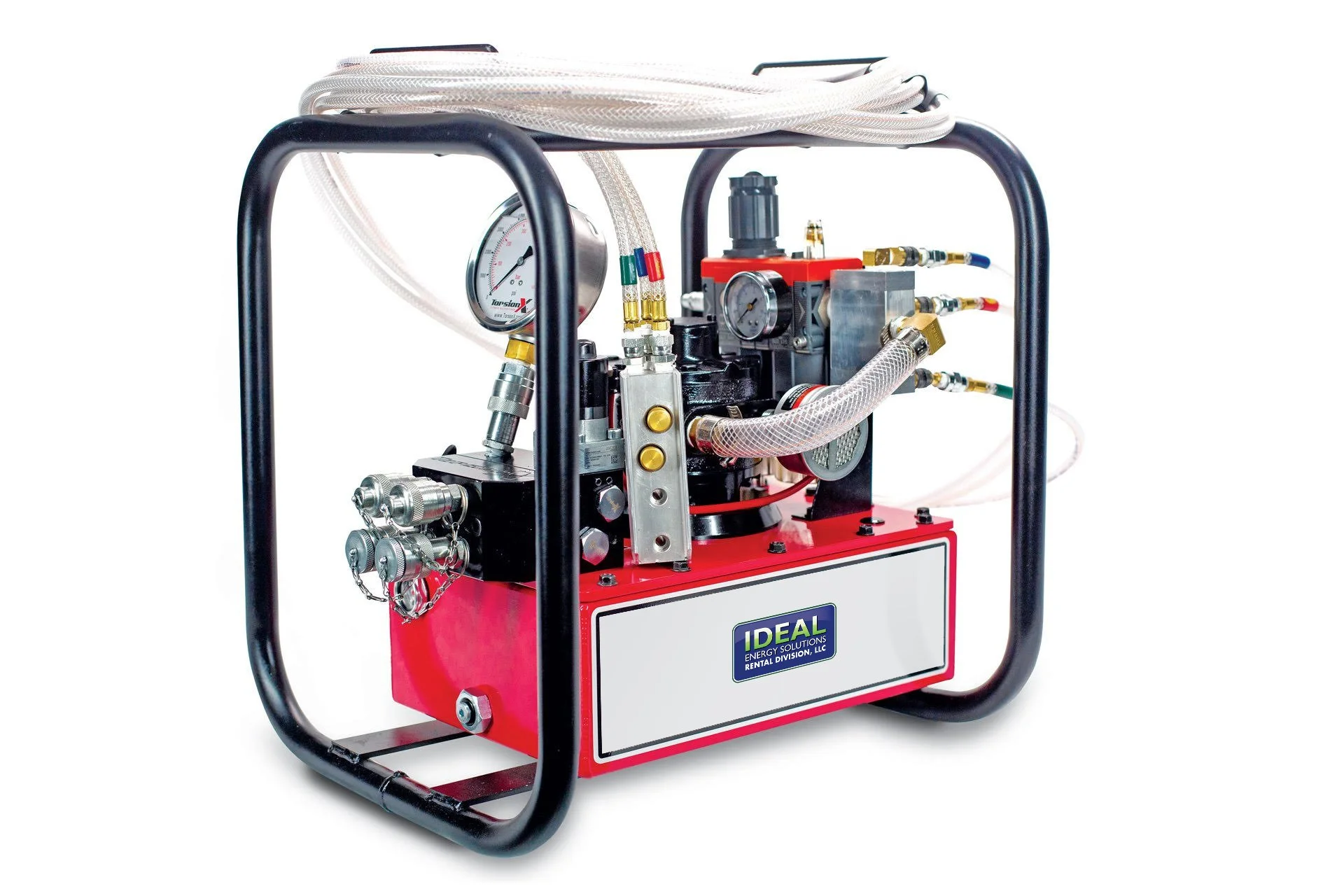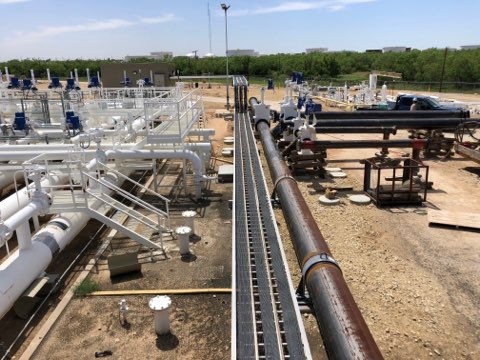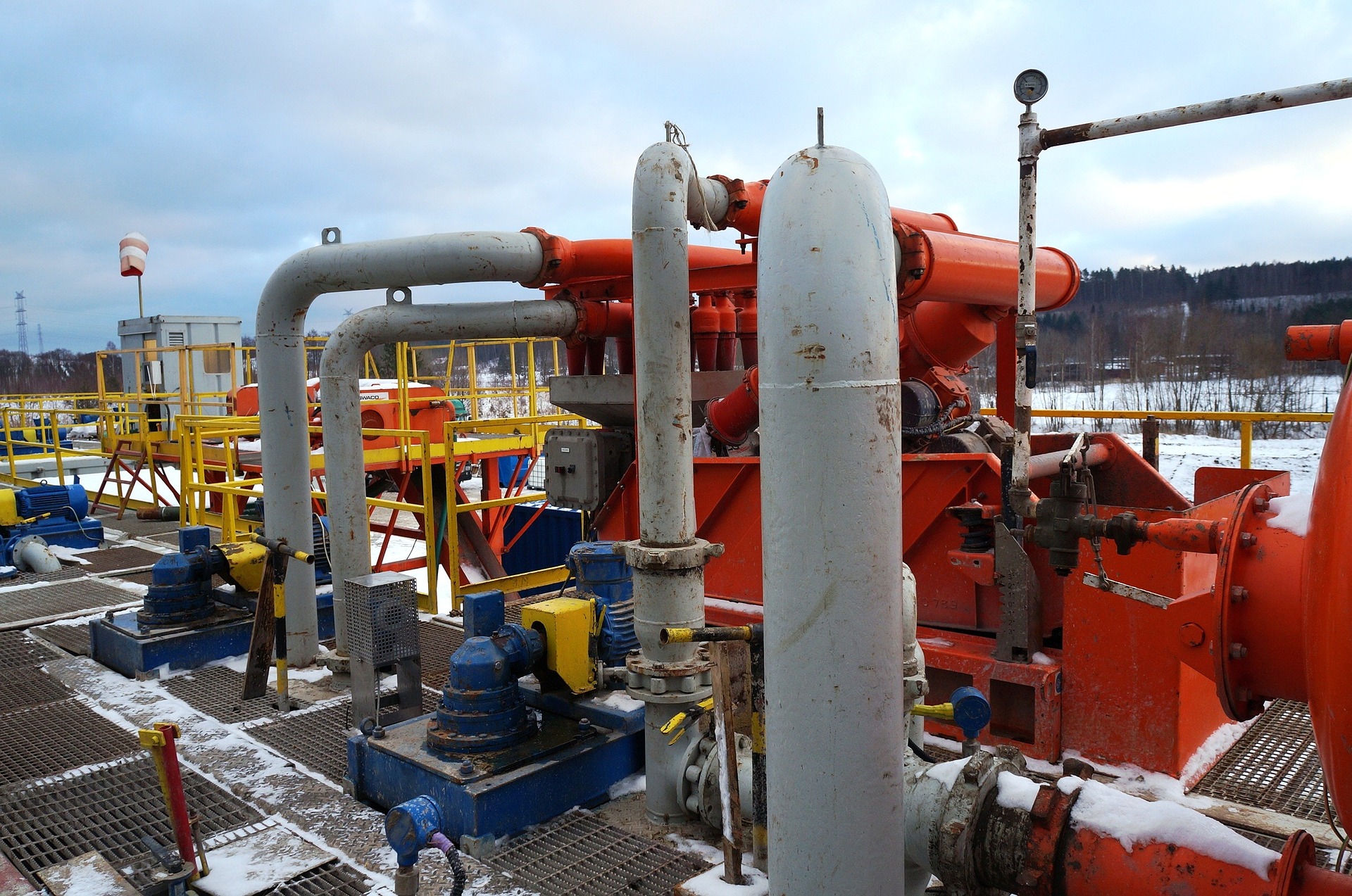Everything you should know about Superior Rentals reviews: what clients say
A Comprehensive Guide to the Numerous Kinds of Oil Field Equipment and Pipeline Equipment Available
The oil and gas industry counts heavily on customized tools for effective extraction and transport. Various types of equipment, from piercing rigs to storage containers, play essential duties in this complicated procedure. Each item of tools offers unique functions that contribute to overall functional success. Understanding these elements is crucial for anybody involved in the industry. As the sector evolves, so as well do the technologies that sustain it. What developments are on the horizon?

Drilling Rigs: The Foundation of Oil Expedition
Drilling rigs serve as the important machinery in the domain name of oil expedition, allowing business to gain access to hydrocarbon gets buried deep under the Earth's surface area. These rigs can be found in various kinds, including land rigs, offshore rigs, and mobile units, each made to operate in particular settings. Furnished with innovative modern technology, drilling rigs can penetrate geological developments with accuracy, ensuring efficient resource removal. The structural honesty and operational abilities of these rigs are vital, as they need to withstand severe conditions and considerable stress. Moreover, the option of a boring rig impacts the general task cost and timeline, making it an essential consideration for oil business seeking to optimize their exploration initiatives and make best use of productivity in their procedures.
Pumps: Crucial for Fluid Motion
In the oil extraction process, the duty of pumps is considerable, helping with the movement of fluids throughout different stages of production. Pumps are essential for moving petroleum, water, and other liquids from underground reservoirs to the surface area and afterwards via pipes to refineries. They come in various types, consisting of centrifugal, favorable variation, and submersible pumps, each serving details objectives based on the liquid characteristics and functional requirements. Centrifugal pumps are commonly utilized for their performance in high-flow applications, while favorable displacement pumps master dealing with viscous fluids. The choice of pump influences total performance, functional safety and security, and upkeep costs. Correct option and maintenance of pumps are essential for maximizing manufacturing and minimizing downtime in oil field operations.
Shutoffs: Controlling Circulation and Pressure

Valves play an essential role in handling the flow and stress of fluids within oil fields and pipes. Various sorts of shutoffs serve unique applications, each made to accomplish particular functions fundamental for reliable operation - Superior rentals squeeze tools. Recognizing the characteristics and usages of these valves is vital for optimizing system performance and security
Sorts of Valves
Necessary elements in oil area operations, shutoffs play a critical duty in regulating the circulation and stress of liquids within pipes and tools. Different kinds of valves are made use of to meet the diverse needs of oil and gas manufacturing. Usual kinds include gate valves, which offer a straight-line circulation and minimal pressure drop; world shutoffs, known for their strangling capabilities; and ball valves, recognized for their fast on/off control. Furthermore, check valves stop heartburn, while butterfly shutoffs offer a light-weight solution for controling circulation. Each valve type is developed with details products and setups to stand up to the severe conditions frequently found in oil areas, ensuring integrity and effectiveness in procedures. Comprehending these kinds is vital for efficient system administration.
Valve Applications and Functions
While different kinds of valves offer distinct objectives, their primary applications focus on regulating flow and stress within oil and gas systems. Shutoffs such as gate, world, and sphere valves manage liquid movement, making certain peak efficiency and security. Gateway shutoffs are generally made use of for on/off control, giving marginal flow resistance. Globe valves, on the various other hand, deal specific flow guideline, making them appropriate for strangling applications. Ball valves are favored for their quick operation and tight securing abilities. Furthermore, Recommended Reading pressure safety valve are important for protecting against system overpressure, securing devices honesty. On the whole, the proper choice and application of valves improve functional efficiency, making certain the trustworthy transportation of oil and gas via pipes and processing facilities.
Compressors: Enhancing Gas Transport
Compressors play a crucial function in the efficient transportation of gas, guaranteeing that it relocates smoothly through pipes over cross countries. These tools raise the pressure of all-natural gas, allowing it to get rid of rubbing and elevation changes within the pipeline system. Furthermore, compressors promote the harmonizing of supply and need, accommodating changes in usage and production prices. Various kinds of compressors are utilized in the market, including centrifugal, reciprocating, and rotating screw compressors, each offering unique benefits based upon the functional needs. Routine maintenance of these compressors is vital to maximize efficiency and lessen downtime, inevitably adding to a trustworthy gas transport network. Their critical feature highlights the value of compressors in the overall oil and gas facilities.
Storage Tanks: Safe and Reliable Fluid Monitoring
Reliable transport of gas depends on various support group, one of which is the correct management of storage space tanks. These tanks play a crucial duty in securely having fluids, guaranteeing that operational performance is preserved while reducing environmental risks. Constructed from durable materials, they are created to hold up against high stress and harsh elements. Properly sized and purposefully located, tank promote the smooth flow of all-natural gas and other fluids, stopping bottlenecks in supply chains. Normal maintenance and monitoring are imperative to identify leakages or structural concerns, advertising safety and compliance with regulatory requirements. Inevitably, the reliable monitoring of storage tanks is important for the general integrity and reliability of the oil and gas industry's liquid handling systems.
Pipeline Equipments: Facilities for Transportation
Pipeline systems function as the backbone of the oil and gas sector, facilitating the efficient transportation of hydrocarbons over huge distances. These systems contain various components, including pipelines, shutoffs, pumps, and compressors, all carefully made to ensure smooth flow. The materials made use of in pipeline construction, often steel or high-density polyethylene, are chosen for sturdiness and resistance to deterioration. Pipeline networks city sewer line can cover across land and water, connecting production sites to refineries and distribution. Additionally, progressed innovation allows real-time tracking of flow prices and pressure degrees, boosting functional efficiency. The critical placement of these pipes decreases ecological impact while optimizing resource accessibility, therefore playing an important function in conference power demands internationally.
Safety Equipment: Making Certain Worker and Environmental Security
The operation of pipeline systems, while essential for power transport, likewise presents considerable safety and security difficulties for workers and the environment. Safety and security devices plays a considerable function in alleviating these threats. Personal safety equipment (PPE) such as safety helmets, gloves, and non-slip shoes safeguards employees from physical hazards. Additionally, gas discovery systems monitor for leakages, guaranteeing that harmful substances do not position a risk to workers or the surrounding ecosystem. Emergency closure systems are necessary for quickly stopping operations throughout a situation, protecting against possible catastrophes. Spill control products, including absorbents and obstacles, are fundamental for decreasing ecological impact. Generally, buying all-encompassing security equipment is important for keeping functional honesty and shielding both employees and the environment in the oil and gas sector.

Regularly Asked Questions
Just how Do I Choose the Right Oil Field Equipment for My Project?
Choosing the right oil area devices entails assessing job specs, spending plan redirected here restraints, and operational needs. Take into consideration aspects such as tools dependability, compatibility with existing systems, and the supplier's credibility to ensure peak performance and safety.
What Are the Upkeep Needs for Oil Field Equipment?
Upkeep needs for oil field equipment consist of routine examinations, lubrication, and prompt fixings. Operators must also stick to maker guidelines, screen performance metrics, and warranty conformity with safety laws to boost long life and performance.

Exactly How Can I Make Sure Conformity With Environmental Rules?
To ensure compliance with environmental regulations, business need to perform regular audits, apply ideal techniques, invest in training, preserve correct paperwork, and stay upgraded on regulations (Superior Rentals fusion machines). Cooperation with ecological agencies can likewise improve adherence to laws
What Is the Typical Lifespan of Pipeline Equipment?
The ordinary life expectancy of pipeline equipment usually ranges from 20 to 50 years, depending on variables such as worldly top quality, environmental conditions, and upkeep practices. Normal evaluations can substantially affect long life and operational effectiveness.
How Do I Safely Deliver Oil Field Equipment to Remote Locations?
Carrying oil field equipment to remote areas calls for cautious preparation, including course evaluation, securing licenses, making use of appropriate automobiles, and ensuring safety and security methods are complied with. Appropriate training and communication amongst teams are necessary for successful transportation.